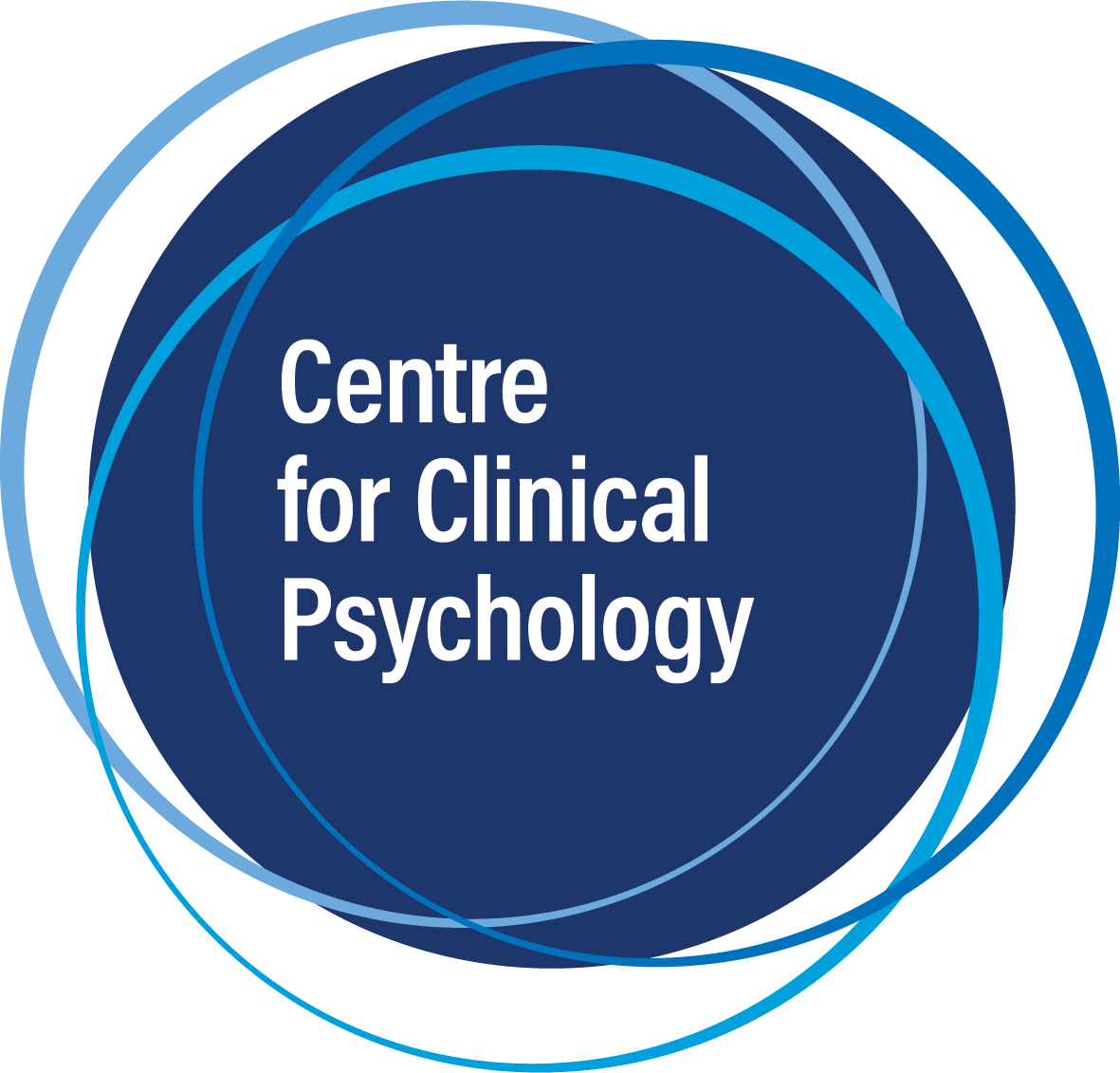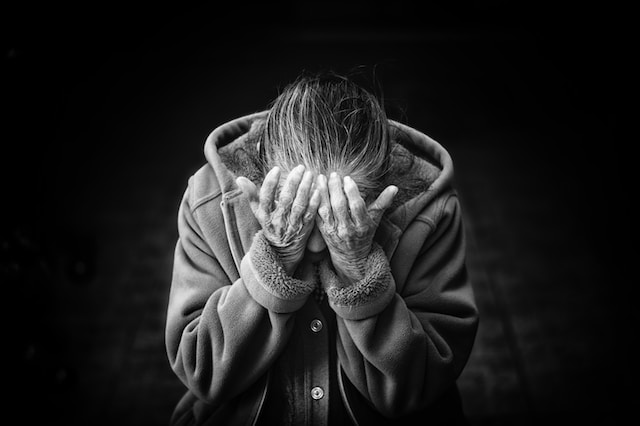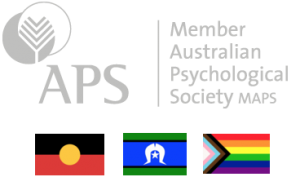Anxiety and PTSD are two mental health conditions that are often misunderstood. While both of these conditions are related to fear and worry, they have different causes, symptoms, and treatments.
Anxiety and PTSD
Anxiety is a natural response to stress that everyone experiences at some point in their lives. It can be triggered by everyday situations like giving a presentation, meeting new people, or going on a job interview. Anxiety becomes a problem when it persists and starts to interfere with daily life. Symptoms of an anxiety disorder include excessive worrying, restlessness, irritability, difficulty sleeping, and physical symptoms like a rapid heartbeat or sweating. A significant factor is that these symptoms interfere with the person’s day to day life.
PTSD, on the other hand, is a mental health condition that develops after someone experiences or witnesses a traumatic event like, childhood abuse, a natural disaster, serious accident, sexual assault, or military combat. The symptoms of PTSD can be severe and can include flashbacks, nightmares, intense fear or anxiety, avoidance of triggers, and negative changes in mood and thoughts. These symptoms can last for months or years and also they interfere with daily life.
The difference
One of the main differences between anxiety and PTSD is that anxiety is often triggered by beliefs about an uncertain future, while PTSD is caused by a traumatic past event. Additionally, anxiety is a general sense of unease or worry, while PTSD is more specific to the traumatic event that triggered it. Sometimes a person can have both an anxiety disorder and PTSD. Sometimes the worry with PTSD has generalized to many things for example eye gaze after trauma.
Treatments
The treatments for anxiety and PTSD also differ. Treatment for anxiety often involves therapy, lifestyle changes, and medication. Cognitive-behavioral therapy (CBT) is a common type of therapy that can be very effective in treating anxiety. It helps people identify and change negative thought patterns and behaviors that contribute to anxiety. Medications like selective serotonin reuptake inhibitors (SSRIs) can also be prescribed to help manage anxiety symptoms.
Treatment for PTSD usually involves a specific trauma focussed therapy, sometimes medication, or a combination of both. Cognitive processing therapy (CPT) and prolonged exposure therapy (PE) are two types of trauma focussed therapies that have been found to be effective in treating PTSD. Medications like selective serotonin reuptake inhibitors (SSRIs) are also prescribed to help manage symptoms.
If you are experiencing symptoms of anxiety or PTSD, it is important to seek professional help. The Centre for Clinical Psychology offers a range of evidence-based treatments for anxiety and PTSD. They have a team of experienced and compassionate psychologists who can help you manage your symptoms and improve your quality of life. To book an appointment, you can call them at 03 9077 0122 or visit their website https://ccp.net.au/booking/.
In conclusion, while anxiety and PTSD share some similarities, they are distinct mental health conditions that require different treatments. If you are struggling with anxiety or PTSD, don’t hesitate to reach out for help. Contact the Centre for Clinical Psychology in Melbourne today to schedule an appointment and start your journey towards healing and recovery.
References
American Psychiatric Association. (2013). Diagnostic and statistical manual of mental disorders (5th ed.). https://doi.org/10.1176/appi.books.9780890425596
American Psychiatric Association. (2013). Anxiety Disorders. In Diagnostic and statistical manual of mental disorders (5th ed.). https://doi.org/10.1176/appi.books.9780890425787.x05_Anxiety_Disorders
American Psychiatric Association. (2013). Trauma and Stressor Related Disorders. In Diagnostic and statistical manual of mental disorders (5th ed.). https://doi.org/10.1176/appi.books.9780890425787.x07_Trauma_and_Stressor_Related_Disorders
Coll, S. Y., Eustache, F., Doidy, F., Fraisse, F., Peschanski, D., Dayan, J., Gagnepain, P., & Laisney, M. (2022). Avoidance behaviour generalizes to eye processing in posttraumatic stress disorder. European Journal of Psychotraumatology, 13(1), 2044661. https://doi.org/10.1080/20008198.2022.2044661



